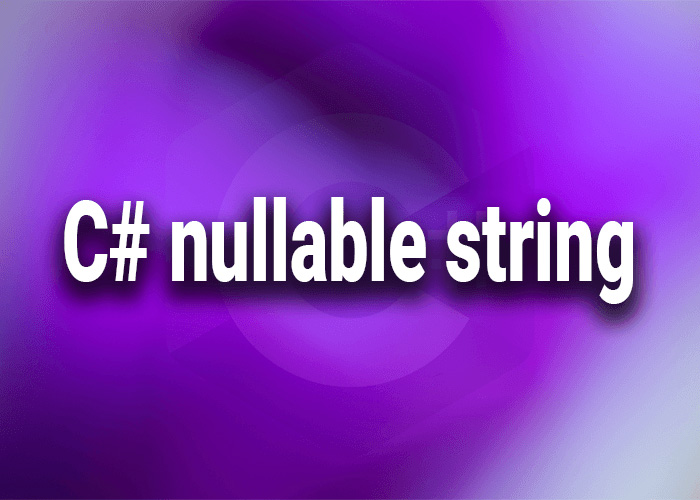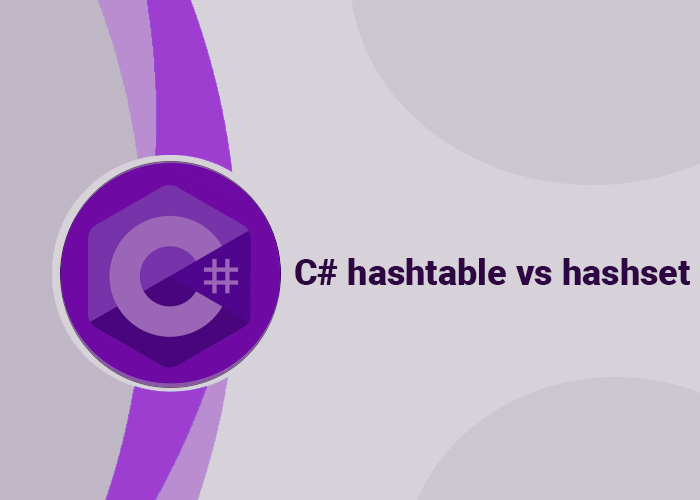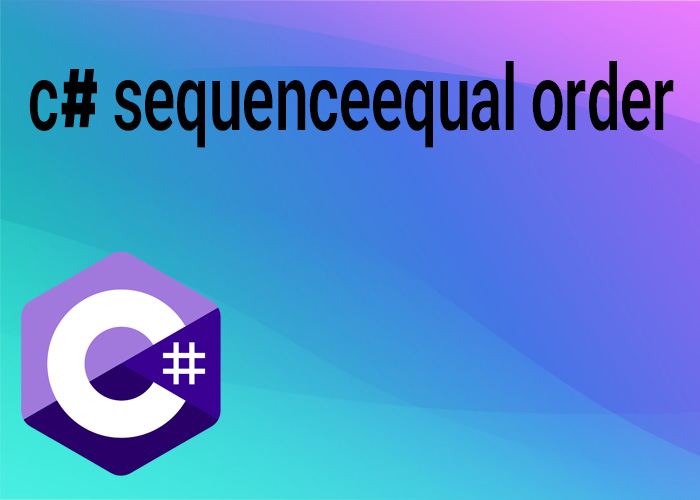Working with Nullable Strings in C#
In C#, strings are reference types and can hold null values by default. However, with the introduction of nullable reference types in C# 8.0, the way strings and other reference types handle nullability has become more explicit. This article discusses how to work with nullable strings in C#, providing insights into when and why they are used, and offering best practices for handling them effectively in your applications.
Understanding Nullable Strings
A nullable string can either contain a string value or be null. Prior to C# 8.0, all strings could be nullable, but this could lead to common errors such as null reference exceptions if not properly checked. With the introduction of nullable reference types, developers must now explicitly specify whether a string is expected to be nullable.
Syntax for Nullable Strings
With nullable reference types enabled, you declare a string that might be null with a ? suffix, similar to nullable value types. This explicitly indicates that the variable is expected to handle null values.
Declaration Example
string? myNullableString;
This declaration makes it clear that myNullableString can hold a null value, and the compiler will enforce checks to ensure that you handle potential null values whenever you work with this variable.
Enabling Nullable Reference Types
To use nullable reference types effectively, including nullable strings, you must enable this feature in your project settings or within individual files.
Project-level Enabling
Add the following line to your .csproj file to enable nullable reference types for the entire project:
<PropertyGroup>
<Nullable>enable</Nullable>
</PropertyGroup>
File-level Enabling
For specific files, use the following directive at the top of your C# file:
#nullable enable
Handling Nullable Strings
When working with nullable strings, it is important to implement proper null checking to avoid runtime exceptions.
Example: Checking for Null
string? nullableString = GetNullableString();
if (nullableString != null)
{
Console.WriteLine(nullableString.Length);
}
else
{
Console.WriteLine("The string is null.");
}
Best Practices for Using Nullable Strings
Use Null Coalescing Operators: The null coalescing operator ?? can provide default values for nullable strings, simplifying checks.
Use Null Conditional Operators: To safely access members or methods of a nullable string, use the null conditional operator ?..
Explicit Null Checks: Always perform explicit null checks before operating on strings that could be null, especially before performing operations that could throw exceptions, such as calling methods.
Document Nullable Intentions: Clearly document whether methods, parameters, or return types are expected to handle nullable strings to improve code clarity and developer communication.
Testing for Nullability: Ensure your unit tests cover scenarios where strings can be null to prevent runtime issues.
Conclusion
Nullable strings in C# allow developers to explicitly handle the absence of string data, reducing the risk of null reference exceptions and improving the robustness of applications. By understanding and using nullable strings correctly, developers can ensure that their code is more reliable and maintainable. As part of the broader nullable reference types feature, nullable strings help enforce better coding practices around null handling, contributing to overall application safety.
csharpCopy code
int? length = nullableString?.Length;
csharpCopy code
string nonNullableString = nullableString ?? "Default String";





